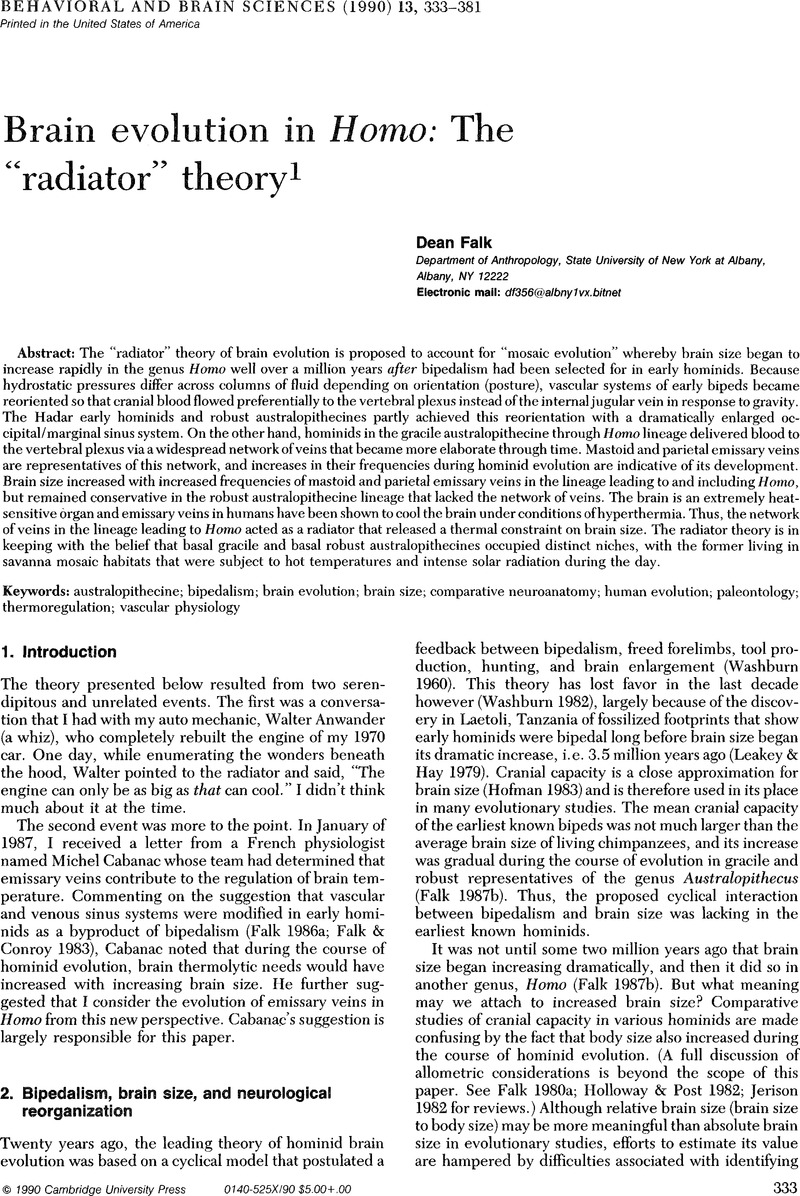Crossref Citations
This article has been cited by the following publications. This list is generated based on data provided by Crossref.
Braga, José
and
Boesch, Christophe
1997.
Further data about venous channels in South African Plio-Pleistocene hominids.
Journal of Human Evolution,
Vol. 33,
Issue. 4,
p.
423.
Clancy, Kathryn B.H.
2009.
Reproductive ecology and the endometrium: Physiology, variation, and new directions.
American Journal of Physical Anthropology,
Vol. 140,
Issue. S49,
p.
137.



